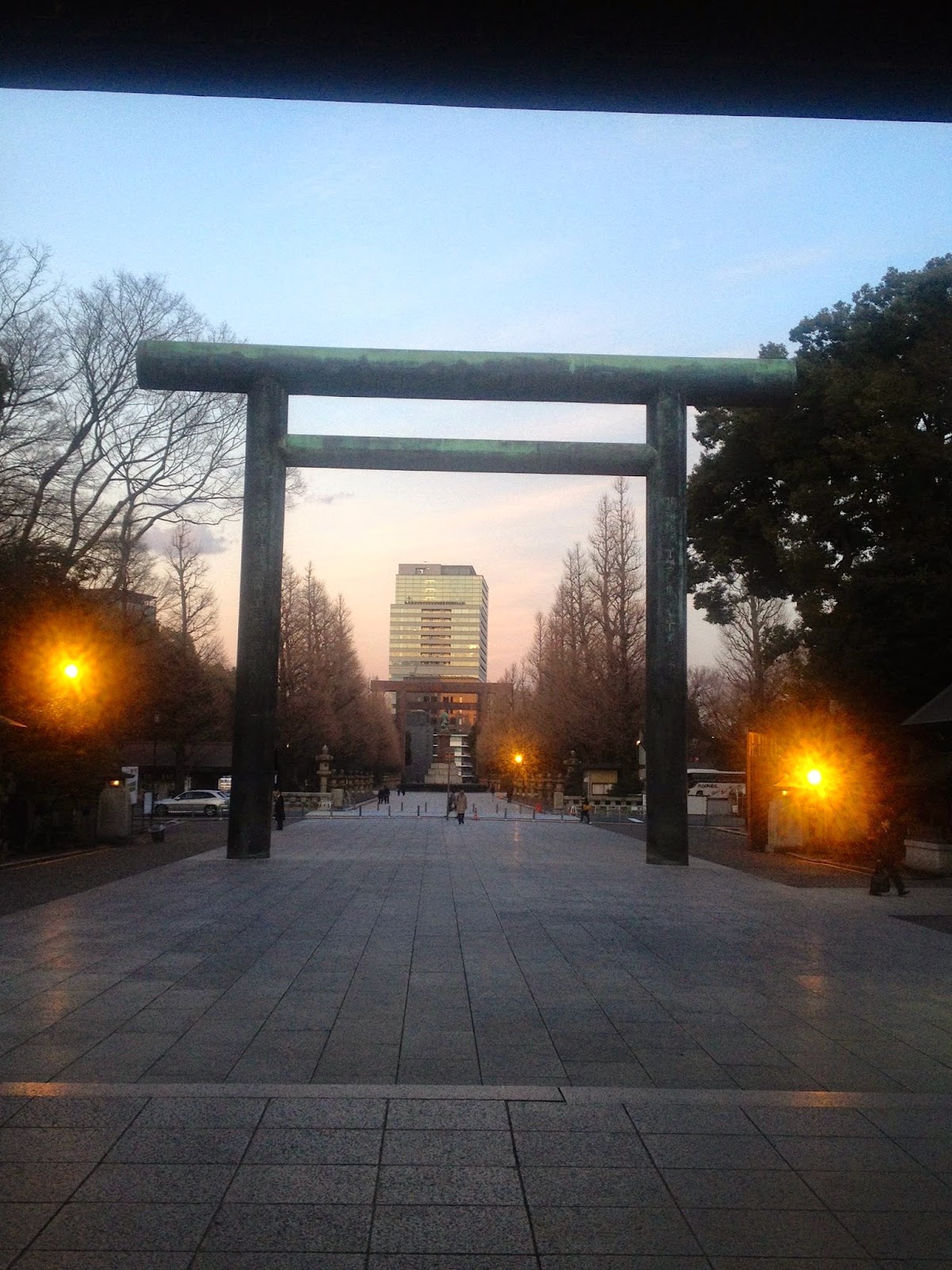| So I turned back and decided to ride back down to the road where I made the turn. But as I was cruising downhill, I approached a toll booth and a number of Japanese bridge police came and stopped me. Not speaking Japanese they thought I had ridden across the entire bridge in the automobile lanes. They called in other police and at one time there were 8 police and me. They asked for my passport, which I had left back in a locker at the train station. If I had been in China, I would have been worried, but in the end, we got it straightened out and the police let me on my way. |





























































